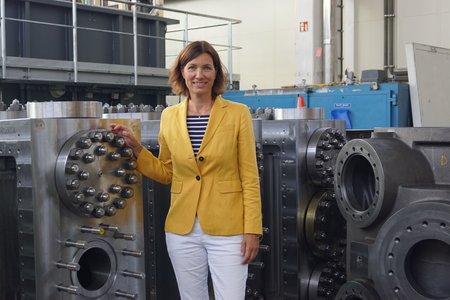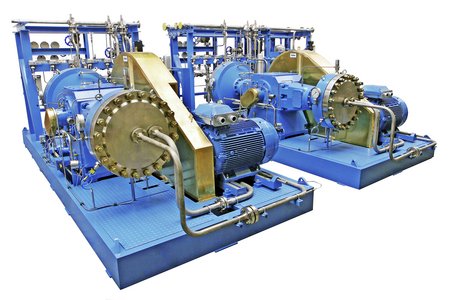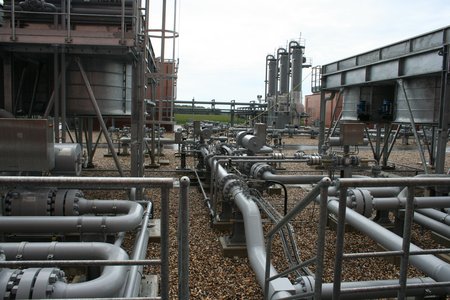News

06/19/2020
News
Stefanie Peters Member of Hydrogen Council
On June 10, the German Government adopted a National Hydrogen Strategy. “Hydrogen will be a key commodity for a successful energy transition”, said Federal Minister for Economic Affairs and Energy, Peter Altmaier.

01/20/2023
News
A More Customer-Focused Approach to After-Sales Service in China
Schwarze-Robitec is taking an entirely new approach to after-sales service as part of its collaboration with NEUMAN & ESSER, with the goal of strengthening long-term customer relationships in China while maintaining a high level of service quality.




